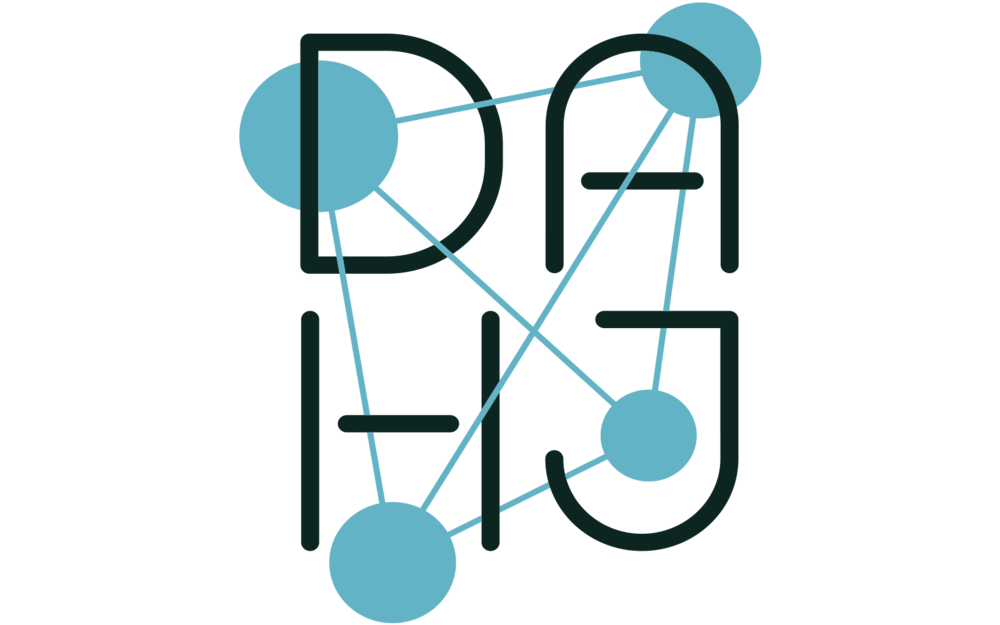Abstract
Claudia Hart’s work range in media: architecture, painting/illustration, installation, eventually moving on to study animation – leading her to 3D animation art. Theory seems to be both the starting point and the end point of all of her artistic endeavours. Here, Hart sits down with Tina Sauerlaender to discuss her work, career and how we are experiencing a crisis of truth.
DOI: https://doi.org/10.11588/dah.2020.5.76172
Author
Claudia Hart
emerged as part of that generation of 90s intermedia artists in the “identity art” niche, but now updated through the scrim of technology. Her work is about issues of the body, perception, nature collapsing into technology and then back again. Everything is fluid in it including gender. She considers it Cyborg-ish, creating liminal spaces, and is in love with the interface between real and unreal because it is a space of contemplation and transformation. Hart was very early into virtual imaging, using 3D animation to make media installations and projections, then later as they were invented, other forms of VR, AR, and objects using computer-driven production machines, all adapted from the same computer models. She is considered a pioneer in this, taking a feminist position in a world without women when she started 20 years ago, inspired by the French media artists of the 60s. Hart produces real things, not just mediated ones, meaning “mediated objects” (digitally enabled sculptures, drawings, paintings, wallpaper, conceptual crafts), and projections on painted walls, and ultimately on human bodies wearing sculptural screens of some sort. She produces bodies of work shown in galleries that then inspire performances that, for the past five years, have been shown in the experimental theater and performance context. Hart’s work is symbolist and poetic, not really narrative, but vaguely so, and is mesmerizing, hypnotic and formalist. Bodies or natural forms like flowers always appear in it. Hart calls her work, “post photography,” and has created a body of theoretical writings and exhibitions based on this concept The things in her worlds are generated from computer models instead of captured with a camera. At SAIC, she developed a pedagogic program based on this concept. It is called Experimental 3D, and is the first art-school curriculum teaching simulations technologies in the art world.
Tina Sauerlaender
is an art historian, curator and writer based in Berlin. She holds a MA in art history from Ludwig-Maximilians-University in Munich and is a Ph.D. candidate at The University of Art and Design Linz (Austria). Her research topic is artistic self-representation in digital art. For 10 years, she has been working as an international curator with her exhibition platform peer to space. In her exhibitions, she focuses on the impact of the digital and the internet on individual environments and society. Together with curator Erandy Vergara she developed the exhibition series Critical Approaches in Virtual Reality Art and realized projects like Envisioning the Future. Other World Perspectives in Virtual Reality Art (Halcyon Arts Lab, Washington, DC, 2018) or Speculative Cultures. A Virtual Reality Art Exhibition (Kellen Gallery, Parsons/The New School, New York, 2019). She is the co-founder of Radiance VR, an international online research platform for virtual reality experiences in visual arts. She is the founder of the SALOON, an international network for women working in art.

